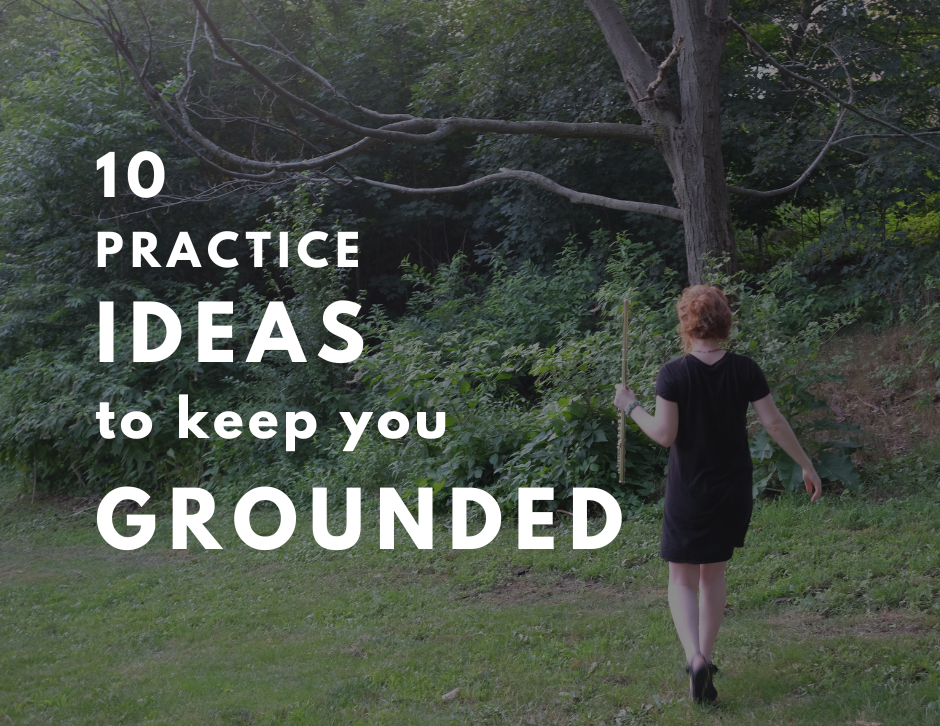Slow Practice
- Ali Hoffman
- Mar 19, 2021
- 4 min read
Updated: Jun 8, 2021

We have to be self-aware, as musicians, in order to teach ourselves. Every year from elementary students to music majors to professionals, we gain a bit of self-awareness which allows us to practice more efficiently.
To physically play an instrument, anyone needs some level of “virtuosity,” even if that just means enough basics to get their thoughts across, and everyone needs some level of freedom or creativity, or else we’re performing a sport more than an art. Slow practice is not revolutionary, in the general sense, but it can be extremely transformative to individuals, especially young musicians.
Slow practice is hard for many of us, especially before we’ve had much experience doing it. It can feel unsatisfying, boring, or understimulating when we’re used to focusing on something that’s moving faster: our fingers changing keys or our brain reading notes. This is why so many of us practice passages and scales fast; it gives us short term satisfaction until we make enough mistakes that we feel either frustrated or defeated. If slow practice doesn’t feel stimulating, that means we’re not consciously focusing on the right things.
For example, let’s say you’re playing an etude, it has a lot of accidentals, a lot of black ink, and the first (or 30th) time through, you’re hesitating, playing wrong notes, and running out of breath. It would be wise of you to recognize that the mistakes you made didn’t mean you played the etude poorly, it meant you simply played it too fast for your current level, and you’re likely to keep repeating the same issues unless you make a change in your practice. Objectively, that sounds logical, right? But for some reason, we add an emotional reaction to these mistakes, rather than taking them as an indication that we need to change something. Mistakes are not inherently “bad,” they’re just warning signs, but more on that in a future post.
Your brain doesn’t want you to slow down because it’s impatient, and your ego doesn’t want you to slow down because it thinks that it means you are a bad musician. However, your ego is a giant, impatient liar. Your ego forgets that professional musicians have had to practice slowly to get where they are in their careers, and your brain forgets that you’ll actually get to your destination faster if you can slow down.
One of the biggest problems with trying to practice slower is that we don’t always go slow enough. We are so concerned with the end result of sounding performance-ready that we end up mentally picking a tempo that is too similar to our previous tempo. Or we just don’t really commit to a slow tempo. This often leads to frustration because we get the same result. It might even lead to a hatred of slow practice. It feels like it doesn’t work!
The point of slow practice is to set ourselves up for success. We have to pick a tempo that is slow enough that we can play our passage almost perfectly on the first try. If the passage feels hard to you, you might need to start at half tempo, or even slower. Use a metronome to keep yourself honest. A general rule of thumb is that if you’re still making a bunch of mistakes, you’re still going too fast, even if it feels slow to you.
At this much slower tempo, your goals will switch from arbitrarily sounding “good” to playing the right pitches, in time, exactly with the metronome. Your goals will include full tone, smooth transitions between notes, clear articulation, and ultimately, playing accurately. Recognize how satisfying and less frantic it can be to play a passage essentially perfectly with all of these elements in mind at such a slow tempo. When you can do that comfortably, bump up the metronome a couple clicks. Play with the same precision, same goals of accuracy and fullness. If you suddenly add lots of mistakes back in, recognize that you bumped up the tempo too much. This doesn’t mean anything other than the fact that your brain and fingers aren’t ready for that speed yet. Remember that the number that appears on your metronome is not an indication of your level of musicianship.
You do have to get over the hump of slow practice. At first it can be unsatisfying — it seems boring. But when you switch your focus, you change the whole process. Your focus is not on playing the piece as if your were performing it. Your focus is now on making each crook and nuance sound full and beautiful. This process will become stimulating if you dig into the details and give importance to each note.
I strongly believe that music shouldn’t be turned entirely into a sport. It’s not all about playing perfect and turning everything into a physical exercise. It is art, after all. But, for example, we might enjoy speaking in a different language more if we can string together a whole conversation rather than just a few vocab words, and we might enjoy painting more if we understand the techniques of mixing paint to get the colors we want, just as it can be much more enjoyable to make music when we can fluently speak our instrument’s language.
This type of mindful practicing can be extremely gratifying and effective. Young musicians can benefit immensely from this patient process and they will grow into self-aware teachers of themselves. Slow practice produces clean technique, attention to detail, a patient mind, and the ability to set yourself up for success both in the moment and in the future. Ultimately, slow practice is a method to speak the language of music more effectively.




As a new musician, I can definitely appreciate the frustration of playing slowly—or quickly for that matter. Reframing my thoughts will, no doubt, go a long way. Thanks.